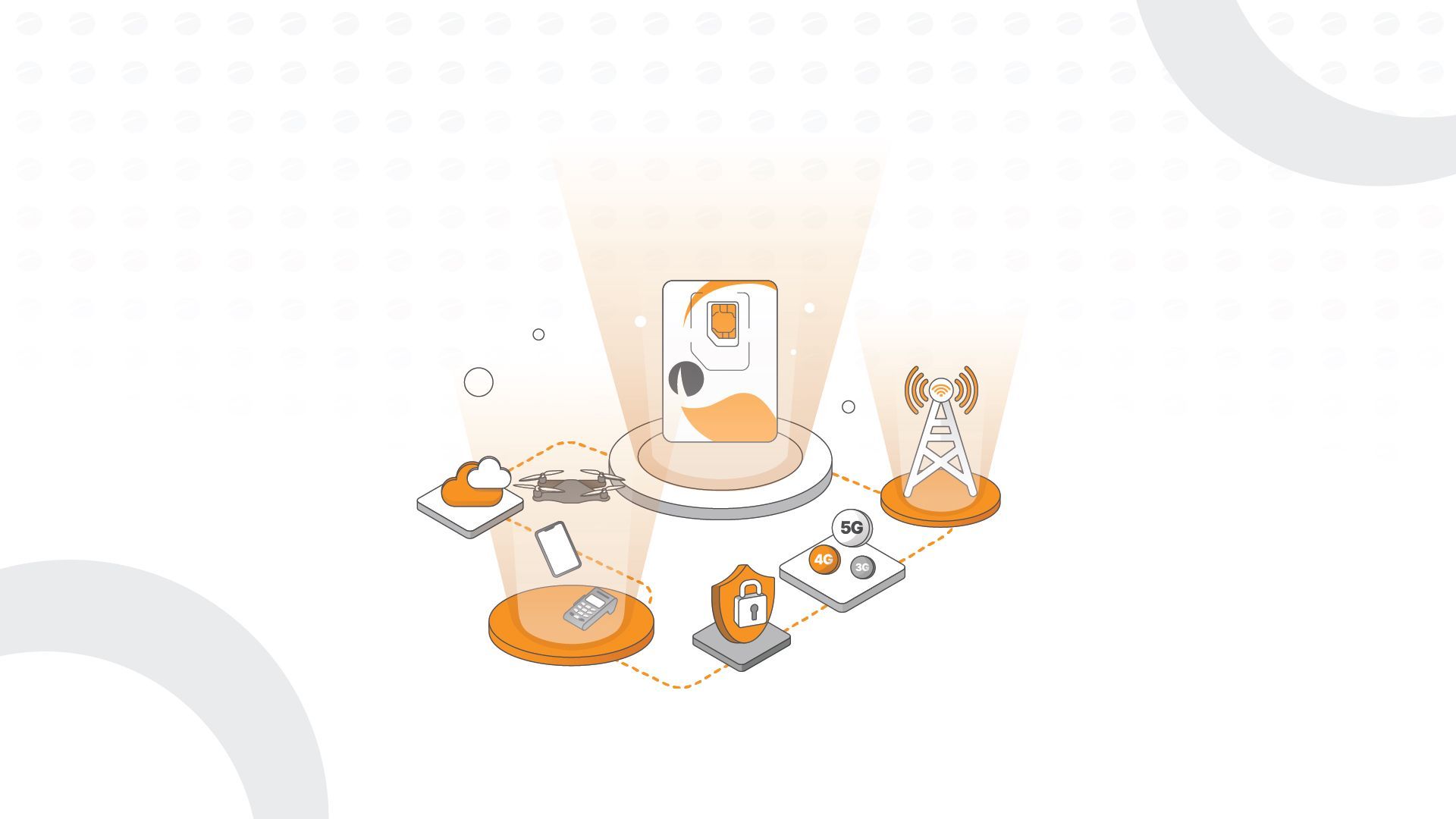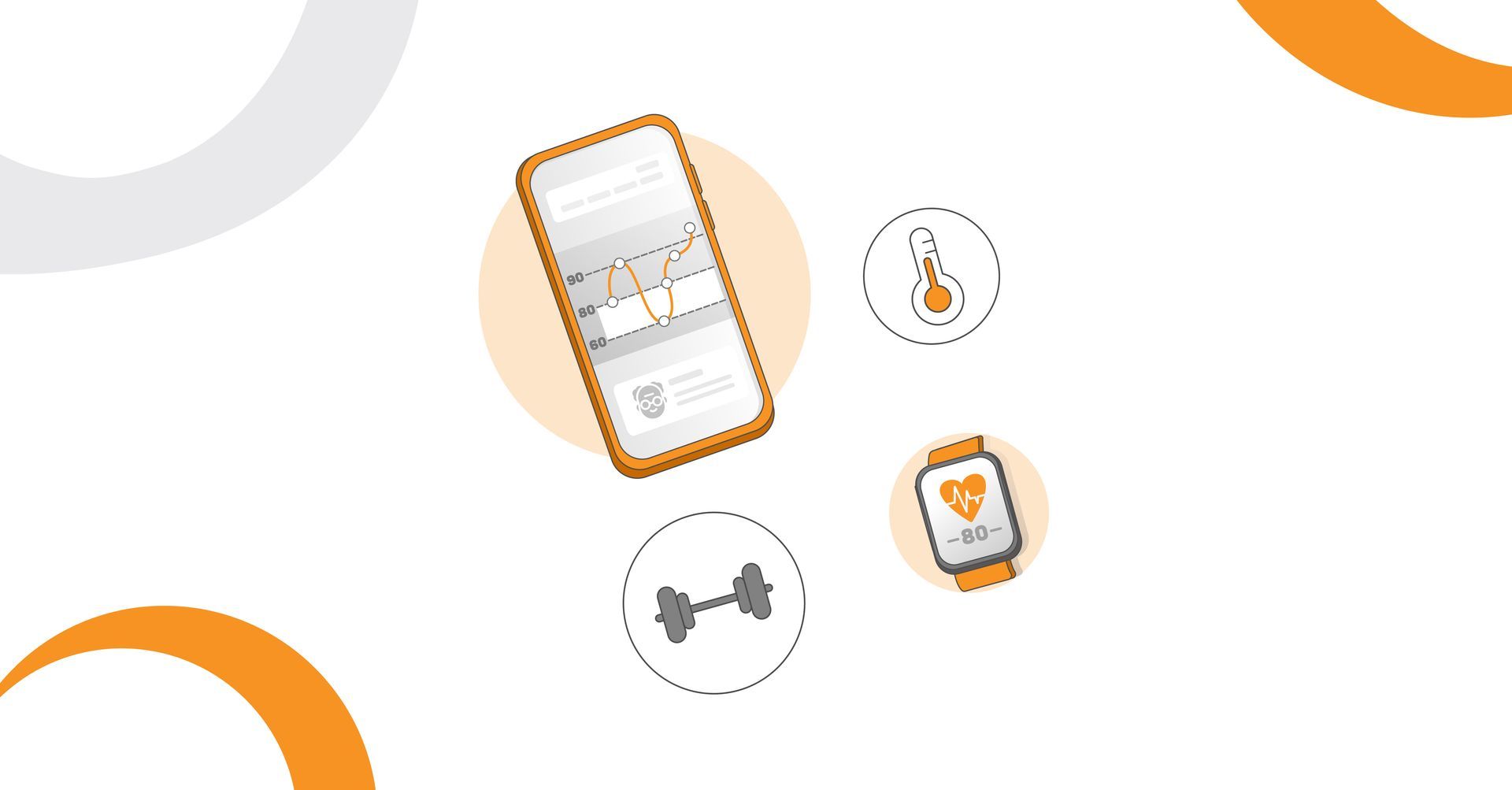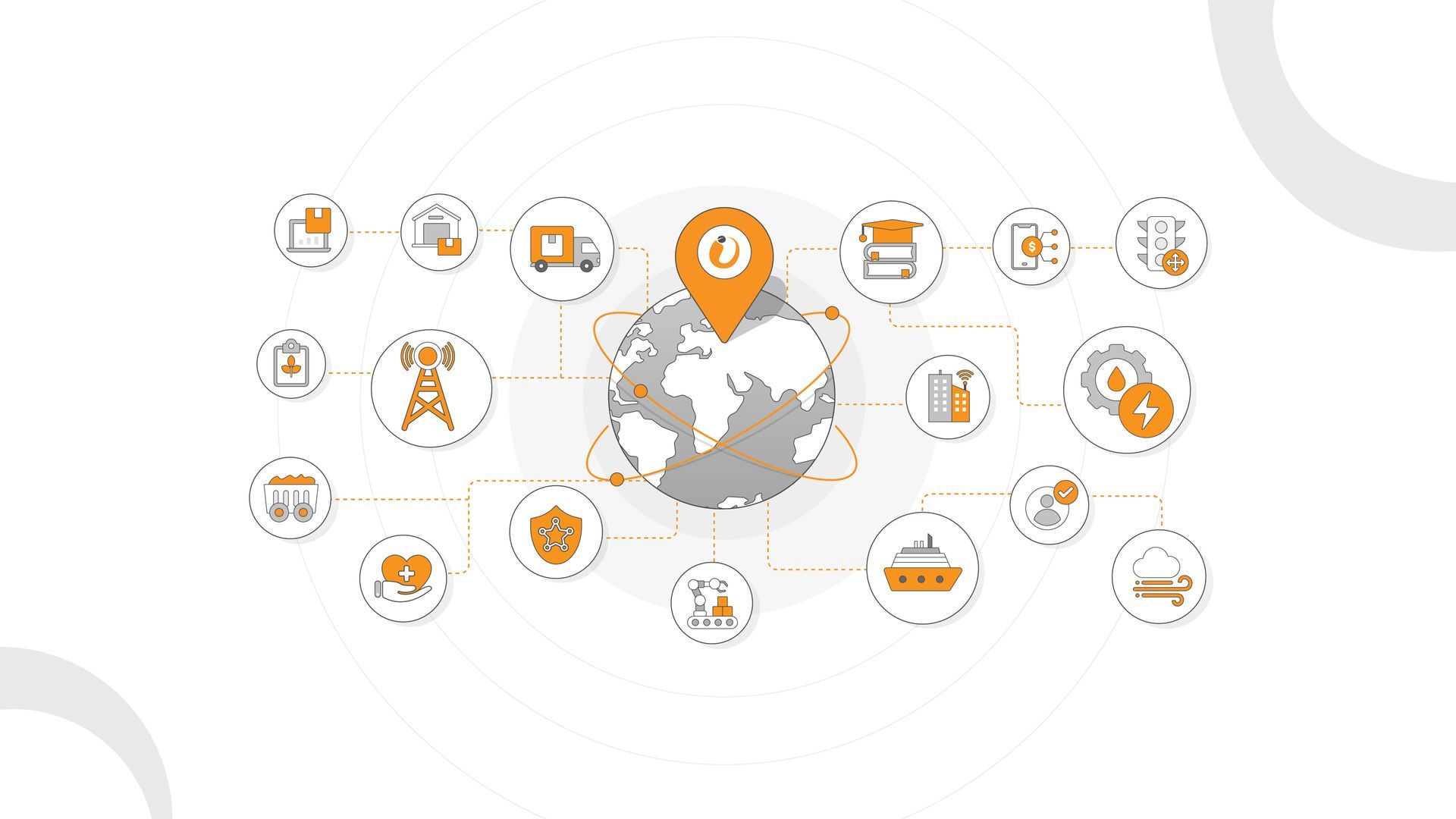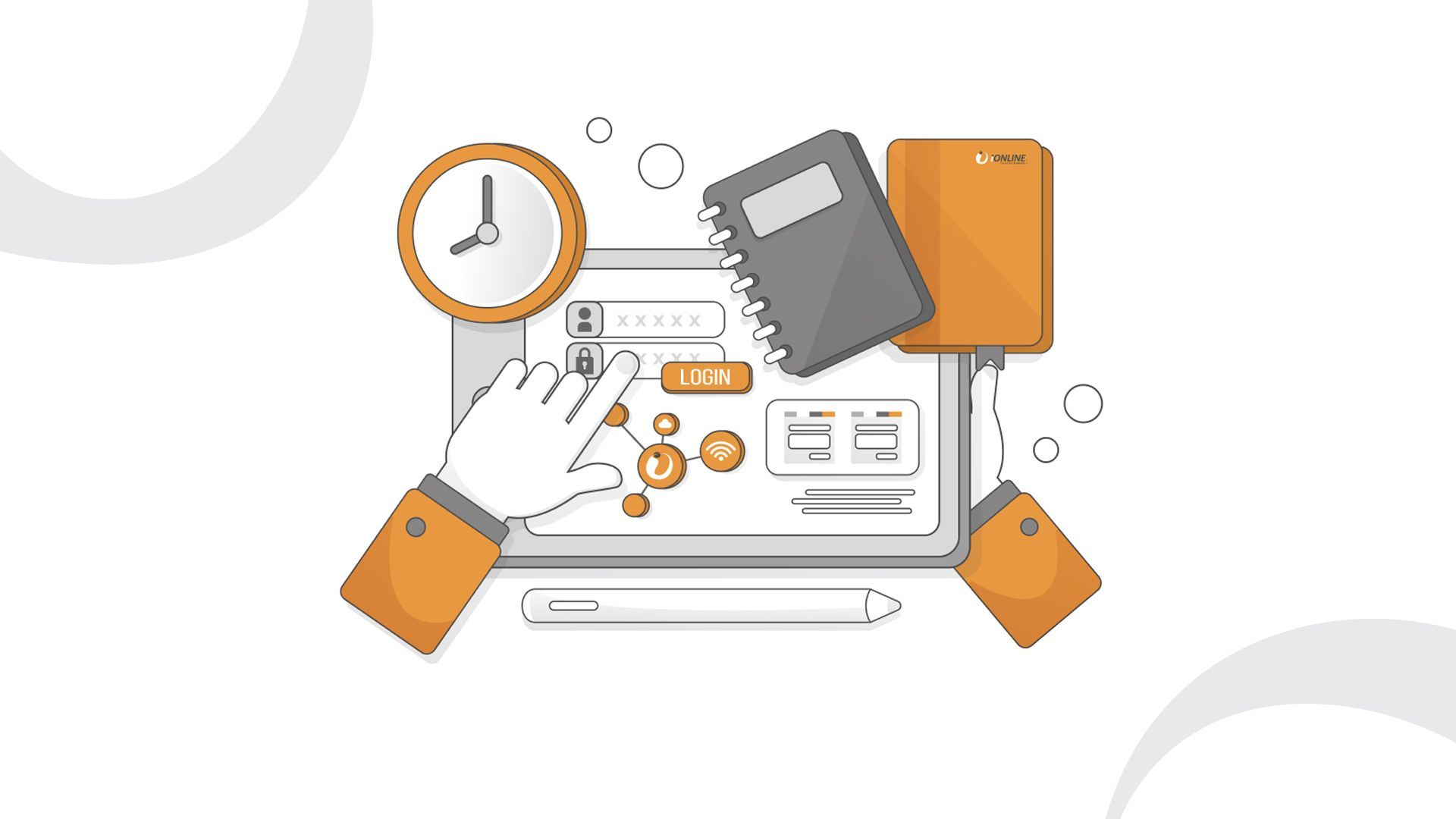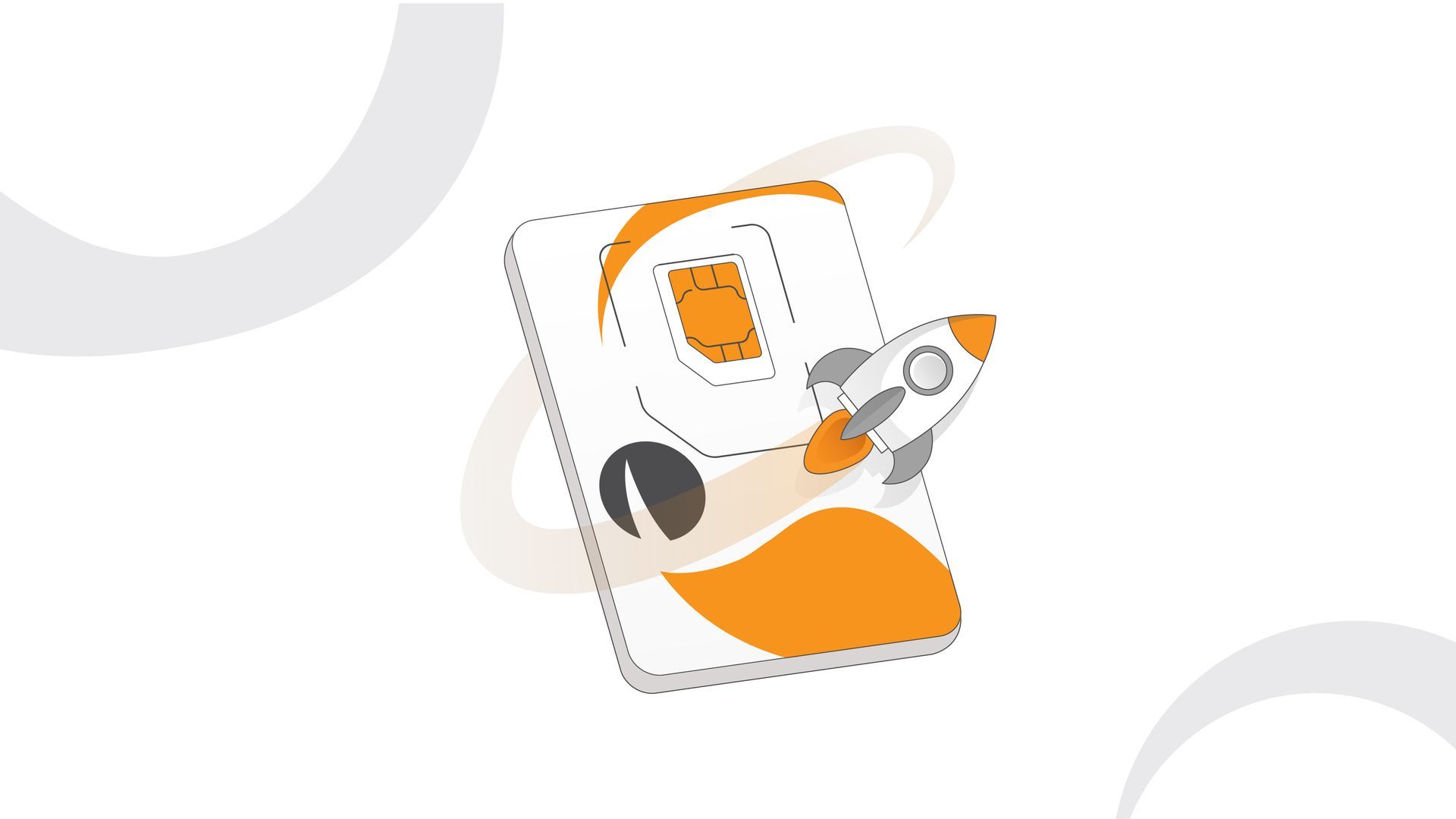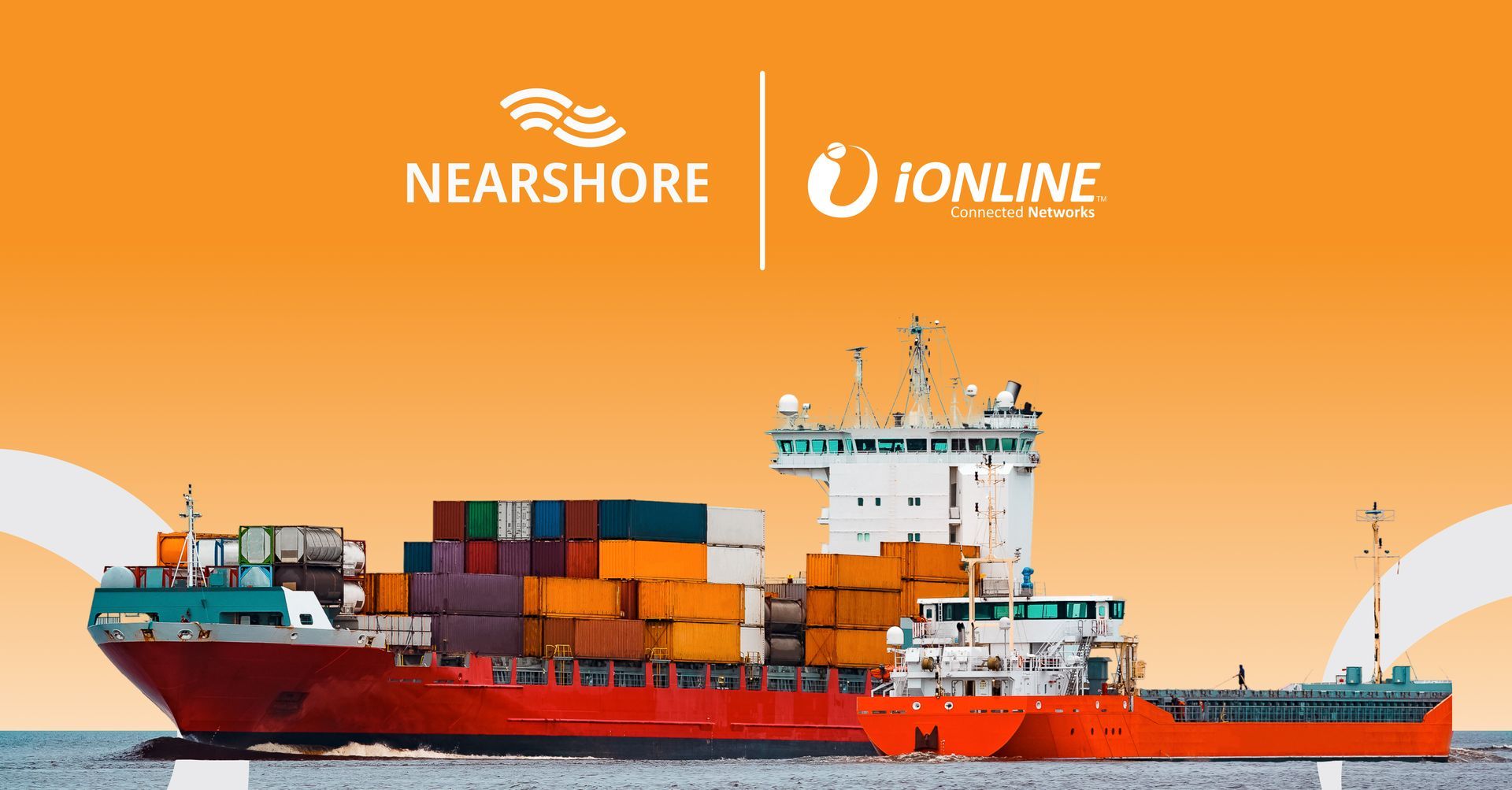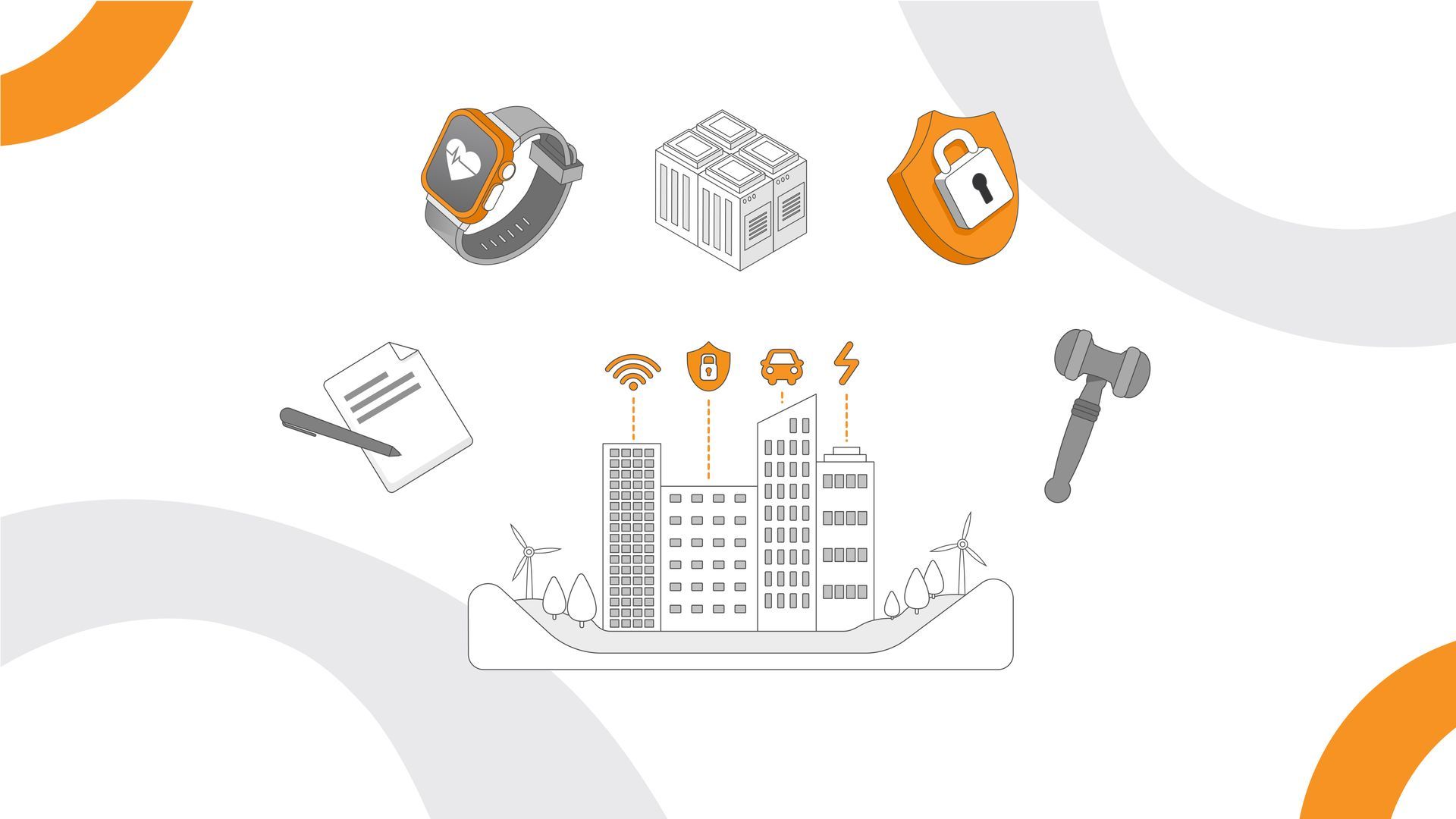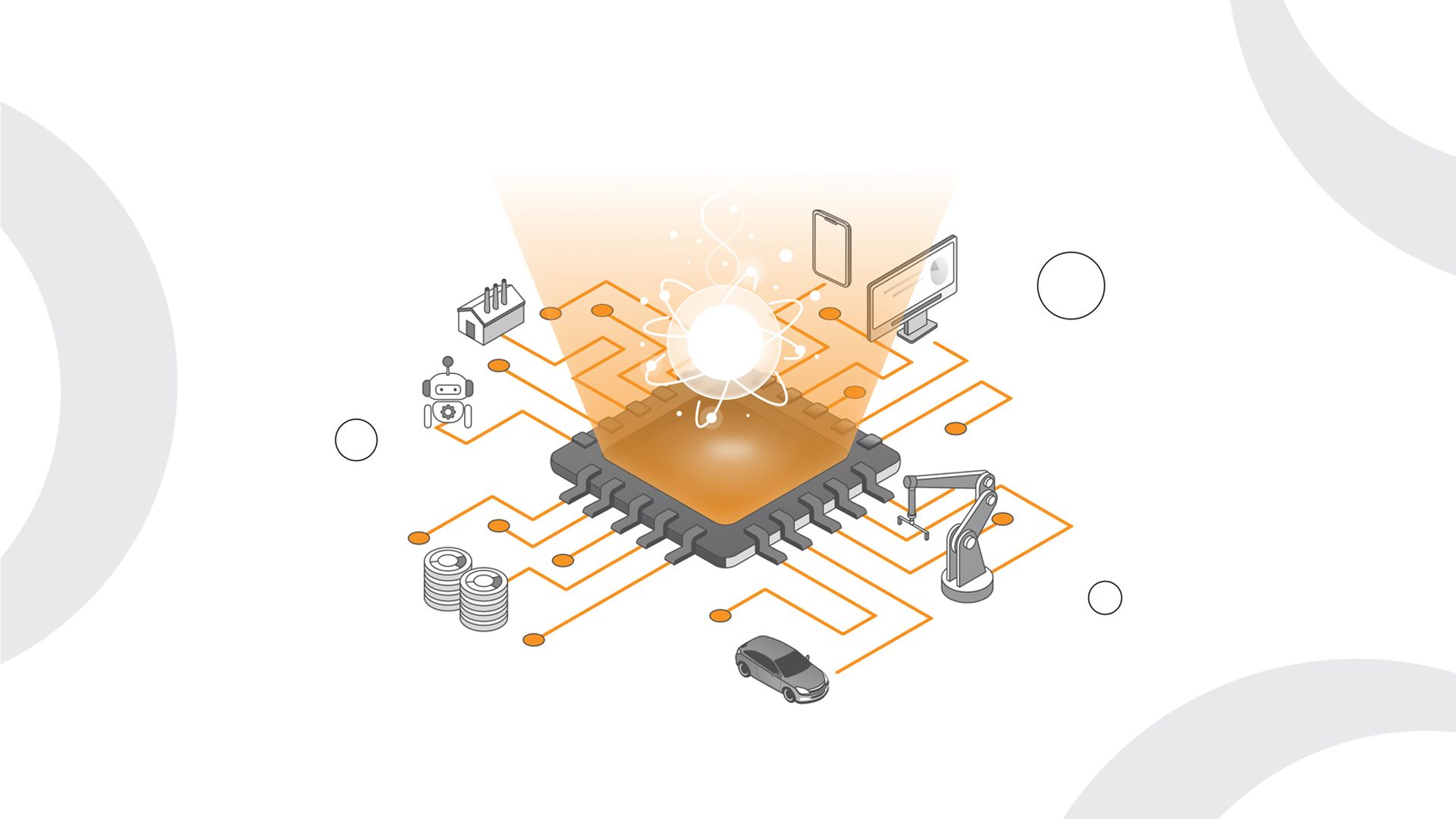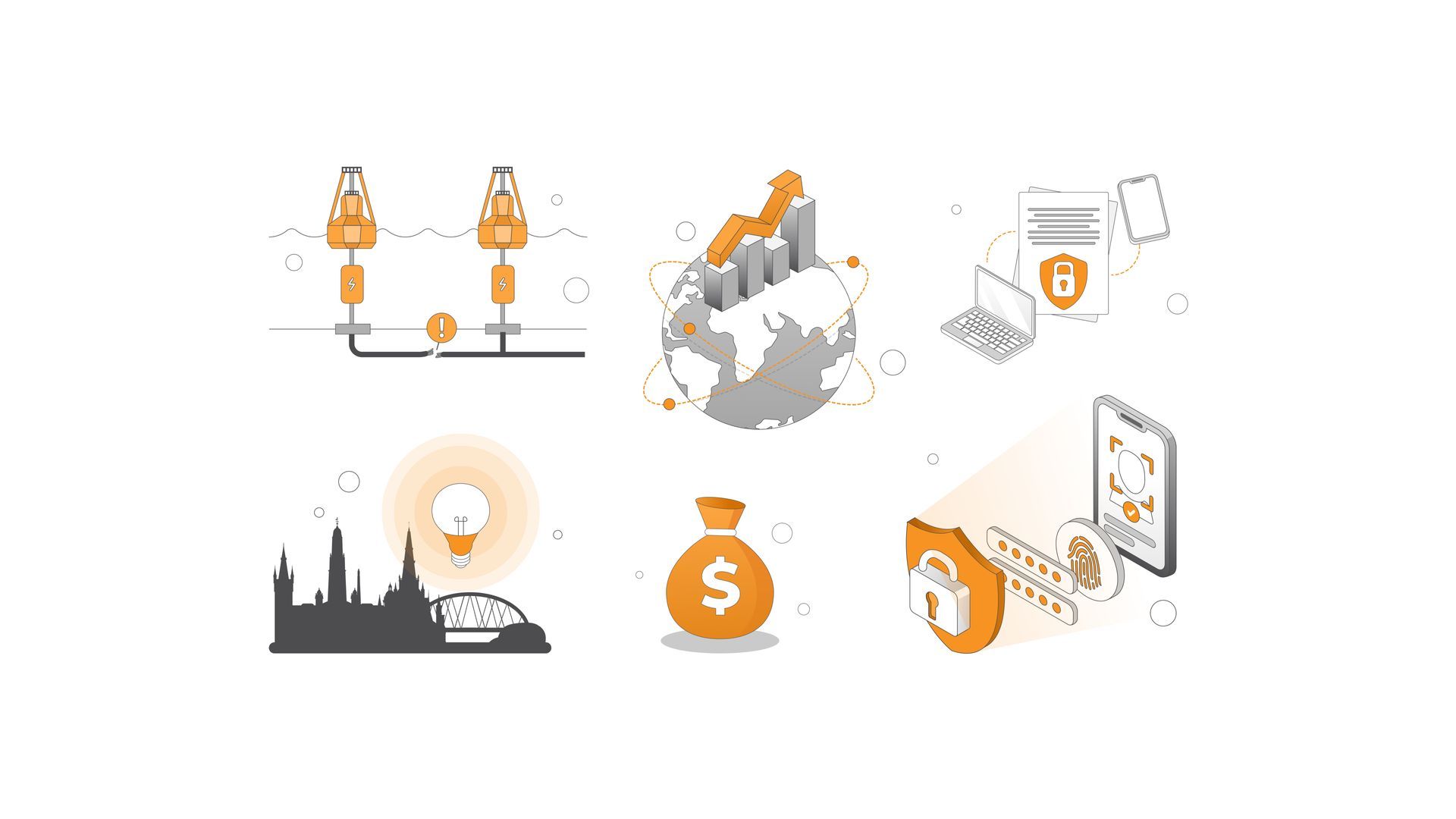To capture the potential of IoT, companies must first scale up
While considerable value lies in IoT – as much as $12.6 trillion by 2030 – capturing this is proving problematic for some organisations.

The Internet of Things (IoT) has simplified health management for people and healthcare providers. It has streamlined the way we run businesses, and improved the way we farm food, transport goods and manage services. It has boosted productivity, enhanced communications and increased efficiency. And it has made scale much more achievable for businesses.
Finding value
While considerable value lies in IoT (as much as $12.6 trillion by 2030), capturing this has proved problematic for many organisations. “IoT at scale is challenging for multiple reasons,” says David Farquharson, CEO of iONLINE ISP. “Primarily coverage dependencies, followed by multiple network vendors with little to no focus on security and resilience, and also manageability of SIMs and devices. Additionally, the network requires specialists not easily available.”
The McKinsey Global Institute, in its report, ‘The Internet of Things: Catching up to an accelerating opportunity,’ identified the factory setting as the one which could account for the largest amount of potential economic value from IoT by 2030: between $1.4 trillion and $3.3 trillion (around 26% of total). They put the human-health setting as the second largest, with between $0.5 trillion and $1.8 trillion of estimated value.
Harnessing value
McKinsey says the majority of IoT value can be created with business-to-business (B2B) applications – as much as 65%. That’s a monetary value of between $3.4 trillion and $8.1 trillion. Many B2B enterprises have found it difficult to harness this, however, including successfully capturing value at scale.
McKinsey highlighted three of the most important factory sub-settings for value: manufacturing (at $1 trillion to $2.3 trillion), farming ($270 billion to $550 billion), and hospitals ($210 billion to $460 billion). Diving deeper still into the factory setting, three uses cases emerged as most valuable: operations management in manufacturing, predictive maintenance in manufacturing, and increased farm yield.
Maximising value
According to intelligence research platform Markets and Markets, the major factors driving IoT growth in the manufacturing market include the increasing need for centralised monitoring and predictive maintenance of manufacturing infrastructure, and the need for agile production and operational efficiency. A key factor supporting market growth is the increasing number of intelligent connected devices, they noted.
The technology needed to implement IoT is readily available, it’s in the implementation that organisations seem to falter. From interoperability and cybersecurity to cost considerations and installation, projects often stall after the initial pilot or test phase. Capturing value at scale from IoT requires collaboration, along with a change in behaviour, systems and processes.
Who’s leading the pack?
China. By 2030, China could generate as much as 26% of the global economic value of IoT, according to McKinsey. Over recent years, China has accelerated its IoT adoption, particularly in manufacturing. And, considering the pace at which the country is deploying 5G, this trend looks to continue.
Morgan Stanley, in its “China Standards 2035” report, highlights the country’s global standards for emerging technologies, and its aim to shift from a low-end manufacturer to a high-end goods producer. Called China Standards 2035, this government-led and enterprise-driven approach aims to raise industrial standards, particularly for emerging technologies like AI, 5G and IoT.
Getting connected
The network is the backbone which makes IoT possible. 5G is expected to cover about 60% of the global population within the next four years – great news for companies wanting to develop their own secure, private, global, connected network.
Farquharson says iONLINE works with many use case designs and successful implementations around the world, solving these and many other real-world challenges by successfully aggregating over 700 global cellular carriers to deliver a truly entrepreneurial, managed, resilient and scalable wireless network platform. “Our customers are able to scale, manage and securely build IoT solutions locally and globally. Our consultants are here to work with you and make your product win by using years of experience and industry knowledge to design the perfect solution,” he says.

